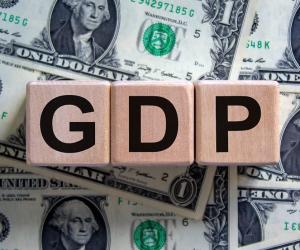Who Really Invented School: Exploring the Mastermind Behind It All
Have you ever been curious about the history of ? Exams can be challenging, but consider how dull life could become if you don’t constantly learn new things and interact with others.
While you learn about science, math, English, and general life skills, school doesn’t teach about… well, school! Below you’ll find a wealth of information. From the man who invented it to how it became the empire of knowledge it is today.
The History of Education
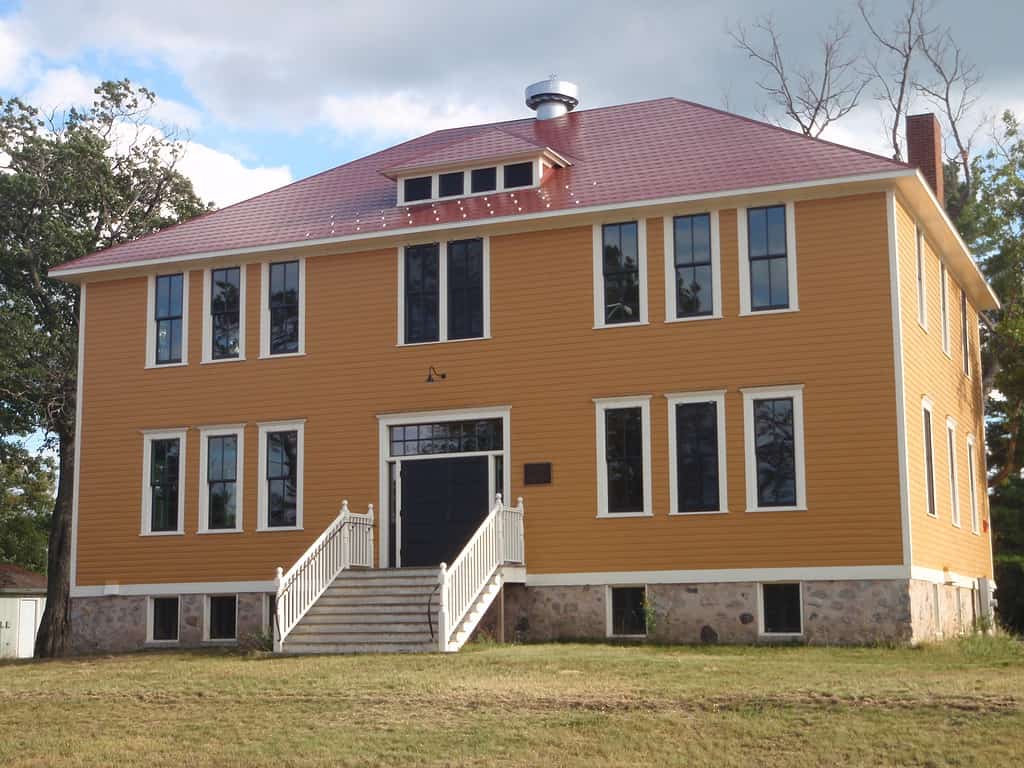
©Creative Commons –
Education has existed on Earth since the very earliest humans. Each generation has discovered that it is vital to transmit to the following generation its acquired information, abilities, principles, and traditions in order to live. How is this even possible? Education! These concepts must be passed on to each succeeding generation.
The was done without the use of schools by the first humans. Within their household, they educated children on an individual level. But as time went on, populations increased and communities emerged.
People soon realized that it would be simpler and more effective to have a small number of adults educate a bigger group of youngsters rather than every household being in charge of their own education.
However, historical schools were not the same as modern ones. Early schools frequently placed less emphasis on studying specific topic areas than they do today, preferring to teach life skills and beliefs.
In the 13 founding colonies of the United States, the initial schools were established in the 17th century.
Who Invented School?
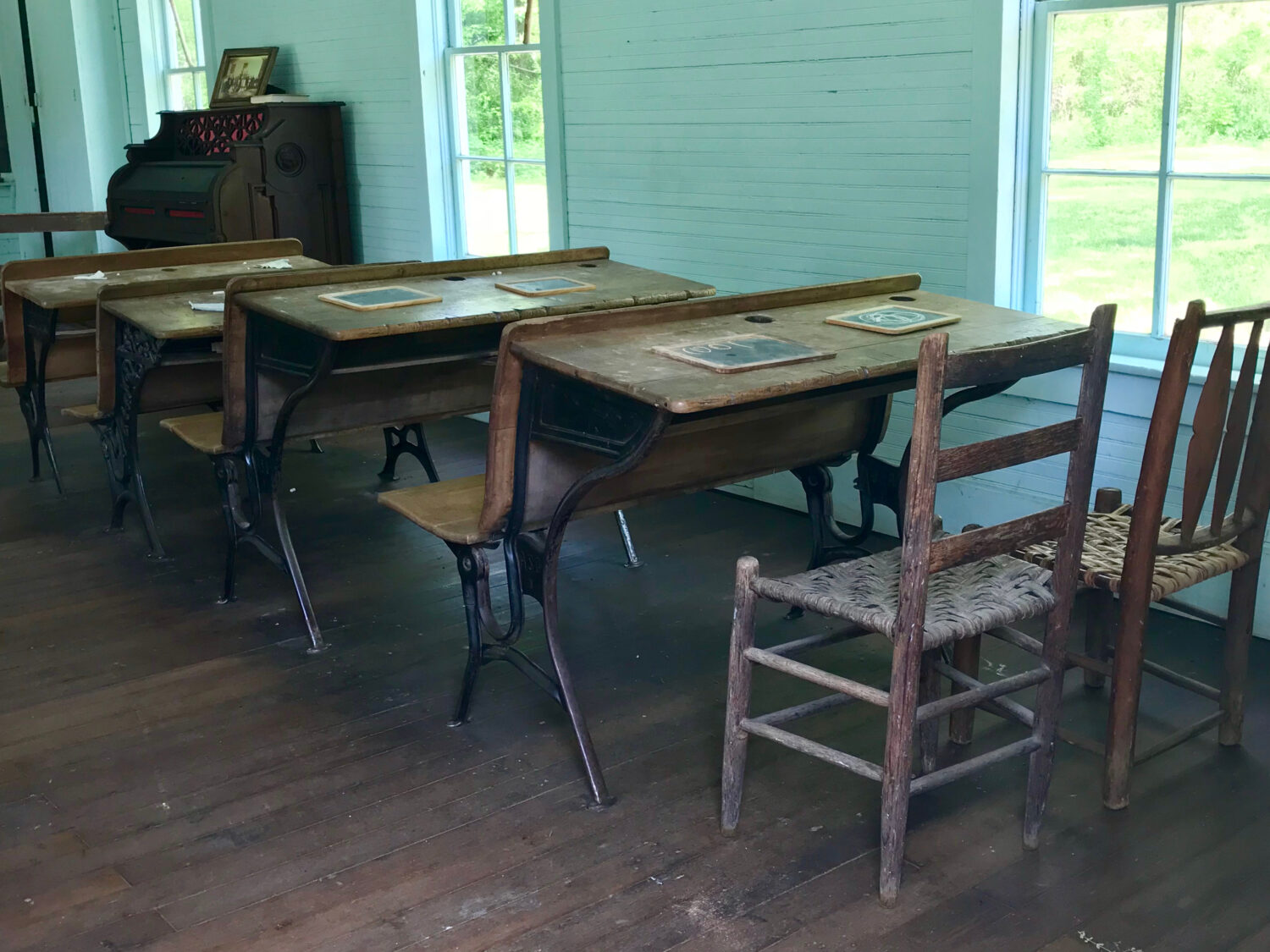
©Victoria ‘Tori’ Meyer/Shutterstock.com
Although ancient civilizations and medieval Europe had educational systems, these are not truly categorized as “modern” schools. Horace Mann is credited as being the first person to develop ideas about schools.
Mann, a Massachusetts-born pioneer of educational change, was born in 1796. One of the most significant educational changes in American history was carried out by him after he was appointed Secretary of Education in 1837.
Mann traveled the state conducting teacher conferences, giving seminars, and promoting reforms when he was in this role. One of the most important things Mann accomplished was convincing other progressives to pass legislation supporting publicly funded education within their states.
The concept that all teachers needed to have the same fundamental training was a key component of the continued success of these institutions. In order to understand how to teach, , particularly teacher preparation programs. This implied that every educator would, in theory, get uniform, regulated training.
Mann had the idea that education should bring together kids from all socioeconomic classes and foster a sense of shared learning. He thought that education in public schools would help close the wealth and poverty gap, fostering greater equality in society.
Nowadays, you’ll find a myriad of schools named after Horace Mann.
How Has School Changed Over Time?
There’s no denying that school looks much different today than what Mann initially imagined. Here are a few ways that school has changed for the better over the years.
Advancements in Technology
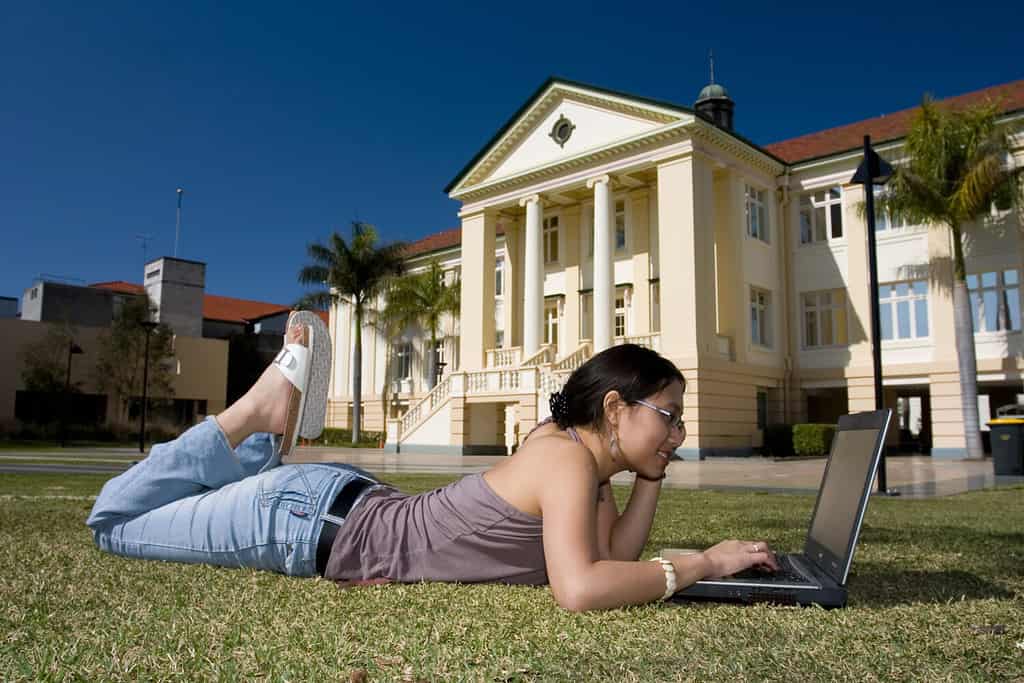
©Creativa Images/Shutterstock.com
One of the biggest changes over the past few decades has been the usage of technology in the educational setting. Technology has significantly improved educational outcomes and the effectiveness of educators in classrooms all across the world as laptops, iPads, and smart boards are now standard equipment.
Today’s teachers have the benefit of current information regarding student achievement as well as the ability to email students and design engaging lessons utilizing multimedia technologies. By using online resources like Khan Academy or TED Talks, technological advances have also made it possible for pupils to learn more than is taught in the classroom.
In addition, several schools have adopted robotics and coding initiatives to support STEM education, which is aiding in preparing kids for future employment. This is a priceless resource because technology is rapidly taking over many aspects of our daily lives.
Online Education

©fizkes/Shutterstock.com
It’s safe to assume that Mann could likely never have imagined in his wildest dreams. If you could go back and tell him the benefits of it, we think he’d be on board. Students can access top-notch instructional content through from any location with a connection to the internet.
For people who are unable to go to traditional schools because of their location or their health, this offers a fantastic alternative. Homeschooling families are also utilizing online classes more and more since they offer a wide range of courses and enable customized learning.
With increasing numbers of colleges offering online degree programs and remote learning, this style of education is also gradually gaining ground at both the secondary and tertiary levels. For people with jobs who wish to develop their abilities and seek higher education, it is very beneficial.
Unique Learning Experiences
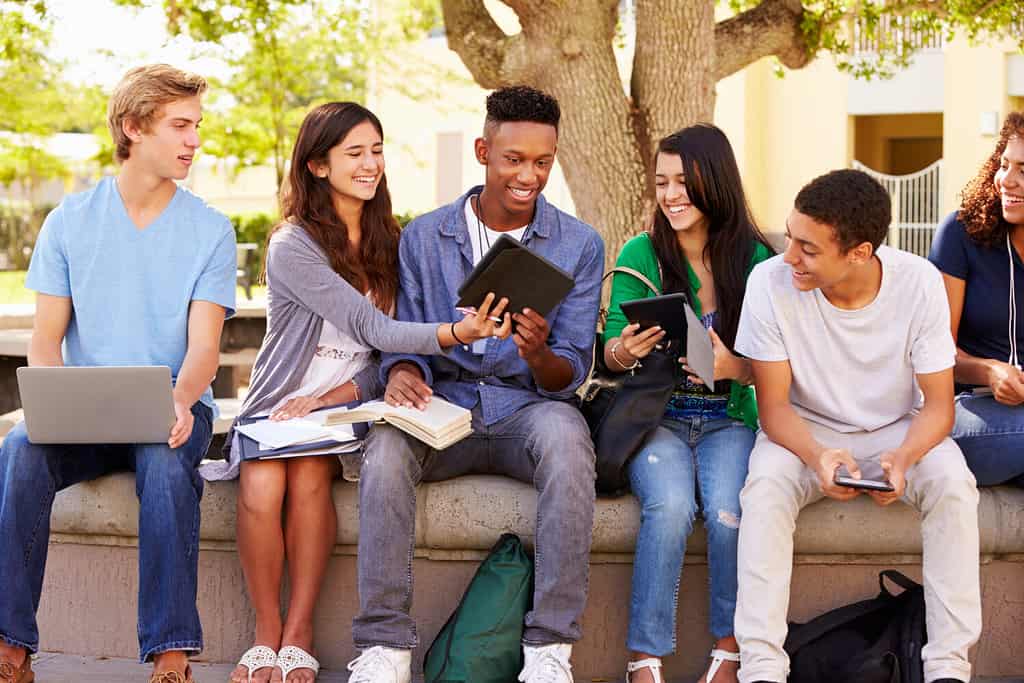
©Monkey Business Images/Shutterstock.com
It’s safe to say that everyone learns differently. The goal of is to cater to the unique needs of every pupil. This entails adapting lessons to a student’s areas of strength and weakness and offering a variety of educational tasks to interest distinct kinds of learners.
Students can study at their own speed and discover subjects that captivate them thanks to tailored instruction. For instance, a student who is can use online resources to increase his or her comprehension of the subject.
Teachers can guarantee that every student gets what they want out of their time in school by letting them take charge of their own education. Additionally, personalized learning promotes student independence and fosters a deeper sense of ownership over their education.
Project-Based Learning
Using practical tasks like interactive projects and fun research, project-based learning enables students to examine difficult subjects and real-world issues from a variety of angles.
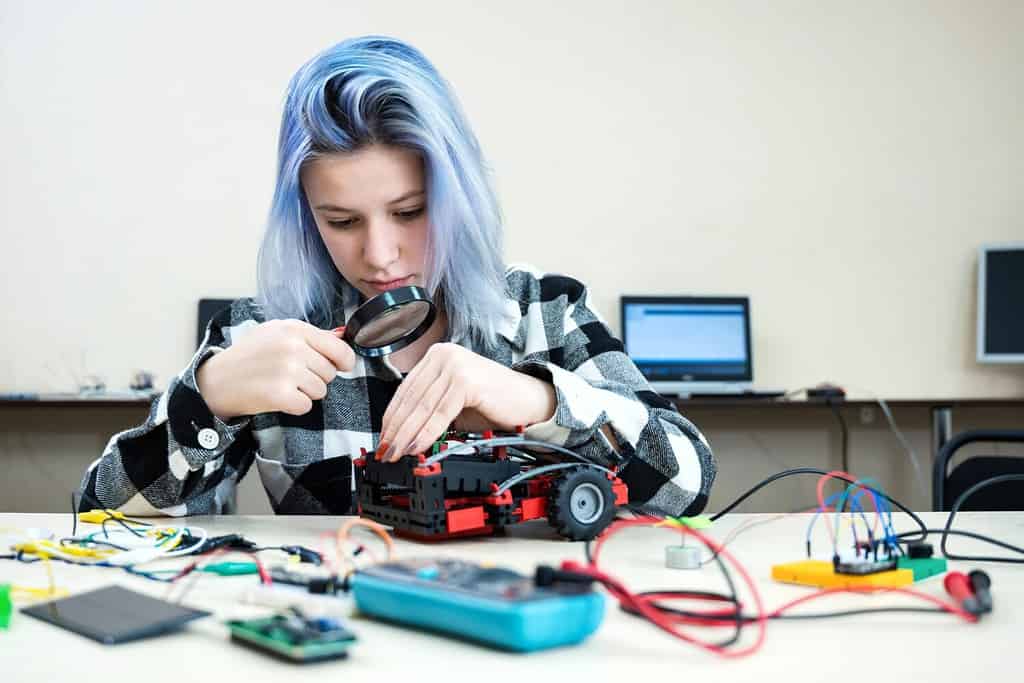
©Oksana Klymenko/Shutterstock.com
Project-based learning gives students the chance to use the material they are learning during lessons to address real-world problems or challenges associated with those topics, which fosters the development of critical thinking abilities.
For example, a might collaborate to research the effects of climate change or create a model of a city that is environmentally friendly. Project-based learning additionally fosters cooperation among classmates, which improves problem-solving abilities and aids in social and emotional growth.
Students acquire a lifetime love of learning and a greater understanding of their subject matter through real-life scenarios.
Inclusivity

©Ground Picture/Shutterstock.com
One of the biggest changes in the school system over the years is the diversity and inclusivity of it all. Regardless of ethnicity or gender identity, institutions must make sure that they’re fostering welcoming atmospheres where everybody feels valued and acknowledged for who they are as well as what they have to offer.
Only then can all kids have a chance at excellent educational opportunities. This entails encouraging diversity among teachers and staff, incorporating anti-discrimination principles into the curriculum, and making sure all instructional materials recognize people from all walks of life and ideologies.
In order to give kids the opportunity to learn about their ancestry and identity, numerous educational institutions now offer classes that are culturally relevant and historically accurate.
The History of School Uniforms

©Monkey Business Images/Shutterstock.com
The Archbishop of Canterbury ordered pupils to wear an ensemble resembling a robe in England in 1222. This may have been the earliest instance of uniform attire in . The origin of the modern school uniform can be found in the humble “charity children” who attended Christ’s Hospital boarding school in 16th-century England. Here they wore blue cloaks that resembled clergy cassocks together with yellow stockings.
Nowadays, school uniforms are typically at private or religious schools, as well as . They consist of a blazer with the school’s logo, a button-up shirt, and khaki bottoms. There are many debates on whether school uniforms help with bullying, by making students equal.
Bill Clinton once said: “If it means that teenagers will stop killing each other over designer jackets, then our public schools should be able to require their students to wear school uniforms.”
Others argue it hinders children the ability to express themselves through their clothing. No matter your opinion, it’s safe to say schools will continue to evolve over the coming years.






